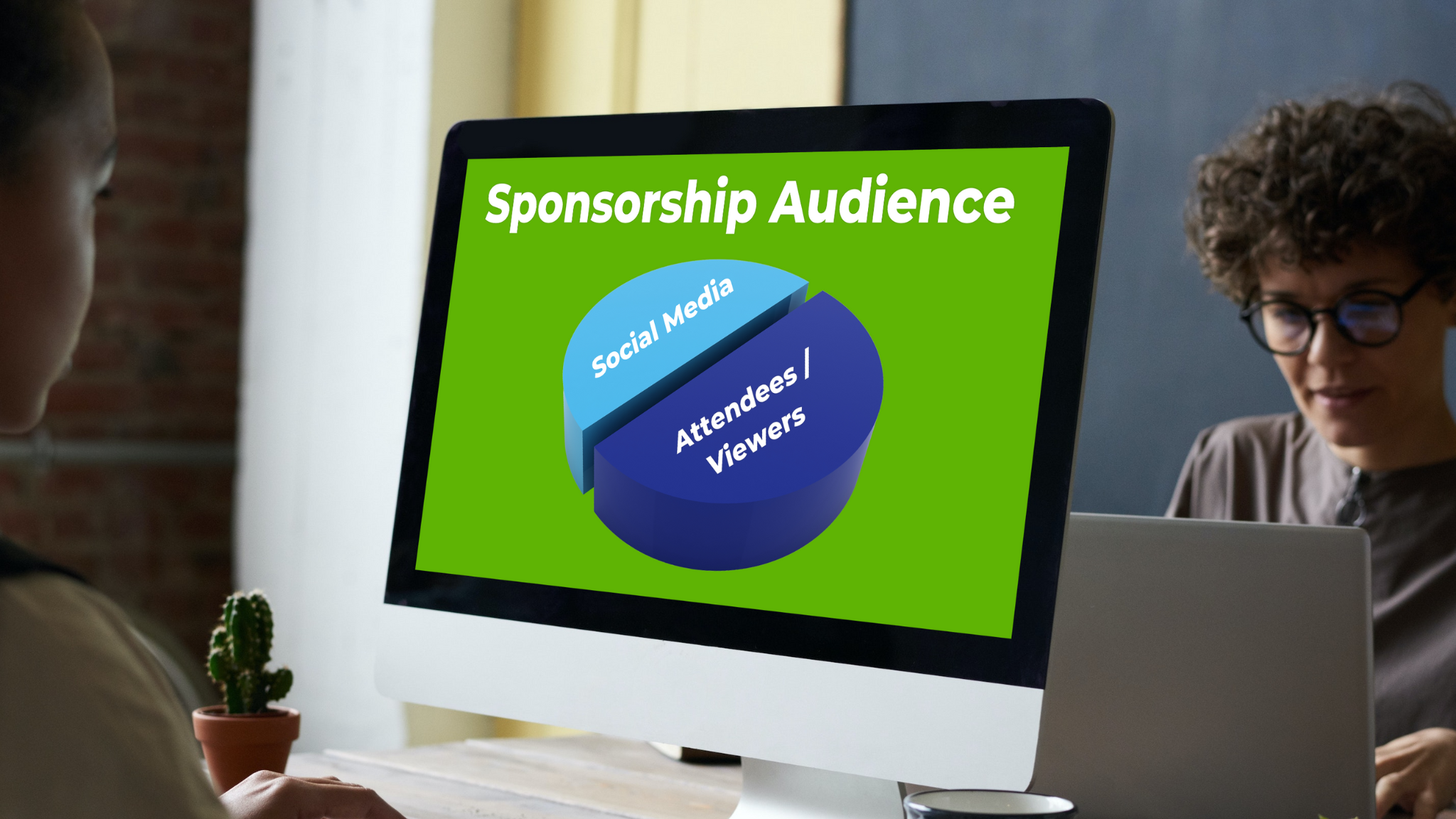
Since 2020, the relationship between sponsorship and social media has reached a crucial tipping point. A decade ago, marketers viewed social media merely as an opportunity to amplify a sponsorship message. However, during that decade, the explosion of social media popularity drove massive audience growth on corporate and personal feeds.
Today, the size and engagement of social media audiences not only enhance sponsorship relationships but can also drive sponsorship value and ROI. As a result, this case of the “tail wagging the dog” will impact sponsorship buyers and sellers in several important ways.
What Was the Tipping Point?
Many things drove social media audience growth.
- Social media platforms developed algorithms to increase user screen time and engagement.
- Better smartphone technology displaced video cameras as the content creation tool of choice.
- Improved WiFi access and increased bandwidths made social media accessible and convenient.
These factors fueled the expansion of TikTok, Instagram, Facebook, Twitter, etc., as audience-growing machines.
And then, the COVID-19 pandemic shuttered live events.
As live event sponsorship imploded, we all turned to ZOOM, Microsoft Teams, and our social feeds to stay connected to the world. Worldwide social media use has increased by nearly 30% since then.
And then came collegiate NIL (Name, Image & Likeness) deals for athletes.
NIL didn’t necessarily change endorsement and sponsorship as a marketing tool. However, it changed how we viewed social media audience contribution to sponsorship and endorsements.
Pre-tipping point, we may have valued men’s college football and basketball as the only viable NIL sports. We would have adopted this bias if we looked only at old-school audience measures like television ratings and in-stadium attendance.
While college football will still generate impressive revenue opportunities for players in the Age of NIL, there are many exceptions based on social media audience size and engagement. For instance, activewear brand Vuori signed NCAA gymnast Olivia Dunne to a high-profile endorsement deal worth +$1 million. Dunne brings her social media audience to the table with more than 6.2 million TikTok followers. She’s not an aberration, as social media audience drives marketing deals, whether it’s called endorsements, influencer marketing, or sponsorship.
We live in an age where social media is much more than sponsorship message amplification. It’s a driver of audience size and engagement as relevant as event attendance or television ratings.
Impacts on Sponsorship Buyers and Sellers
Sponsorship in the age of social media has both opportunities and pitfalls:
Pitfalls
- Buyers are looking at social media profiles to determine the relevance of sellers. Properties with small audiences or non-existent social media profiles may be deemed irrelevant.
- As buyers must spend resources on social media strategies, they may divert valuable budget resources from other worthy projects like improving event operations.
Opportunities
- Social and digital media offers a way to extend sponsorship reach, especially for live events. Absolut Vodka extended its sponsorship of the Coachella Valley Music and Arts Festival way beyond the California desert through its brilliant metaverse sponsorship extension.
- As with NIL athletes, impressive social media audience numbers will contribute to overall sponsorship value and ROI. Properties with great audiences will crush their sales goals at the expense of those that don’t have such reach.
As a result, the sponsorship market will become more and more driven by social media strategies. Properties and their sponsors have an enormous opportunity to redefine the nature of their audience by leveraging the world’s (ever-growing) love affair with social media.

